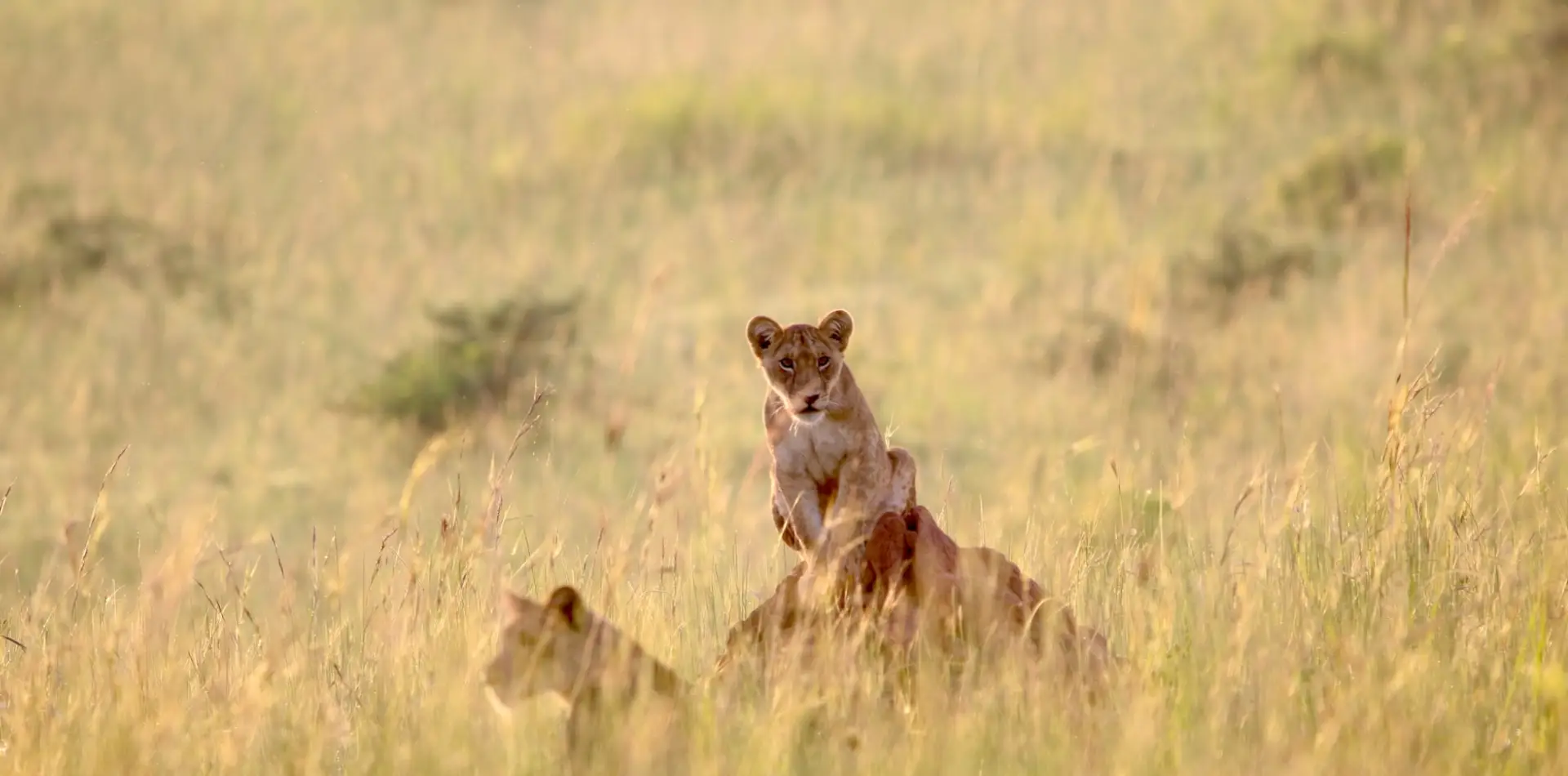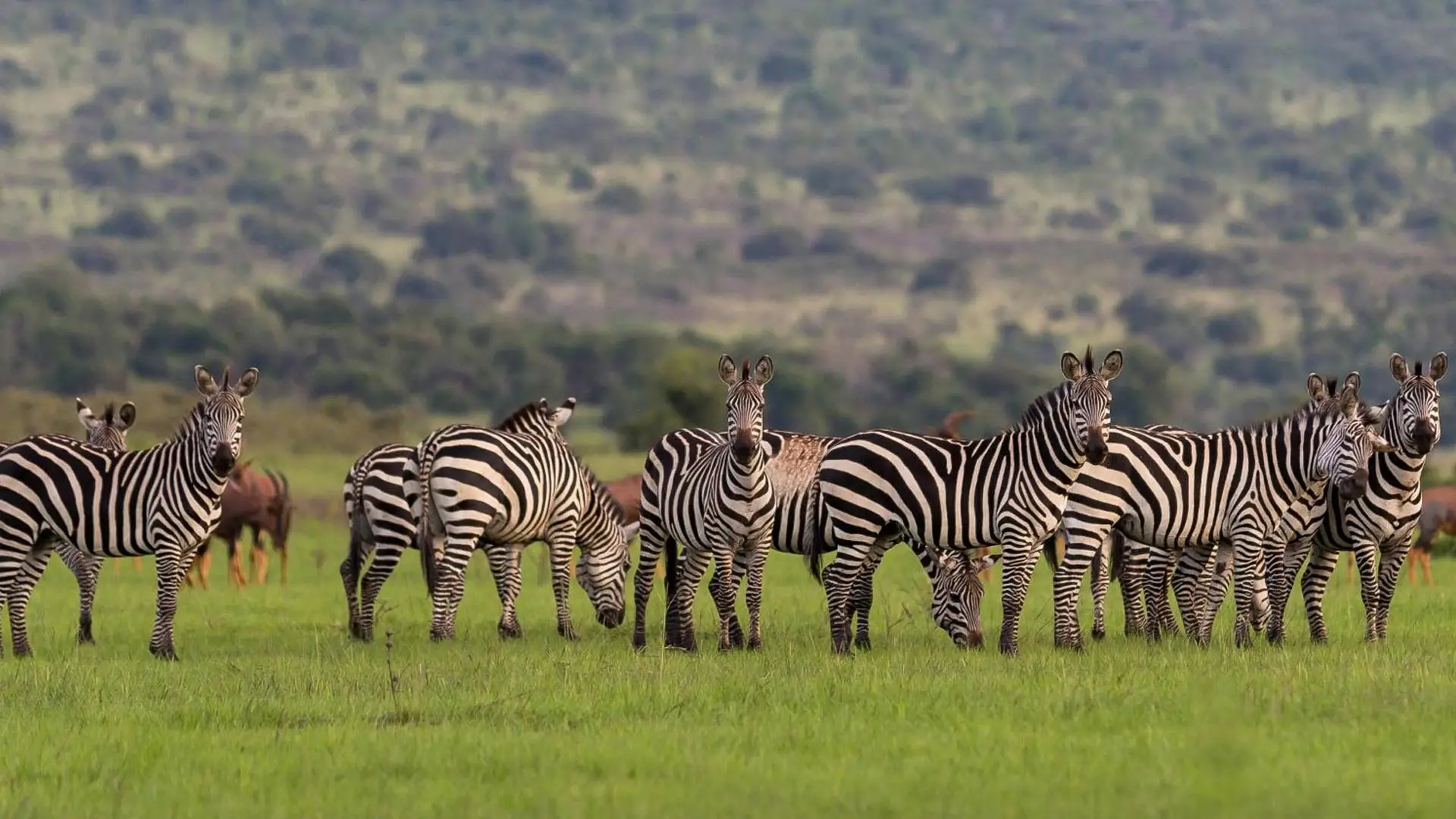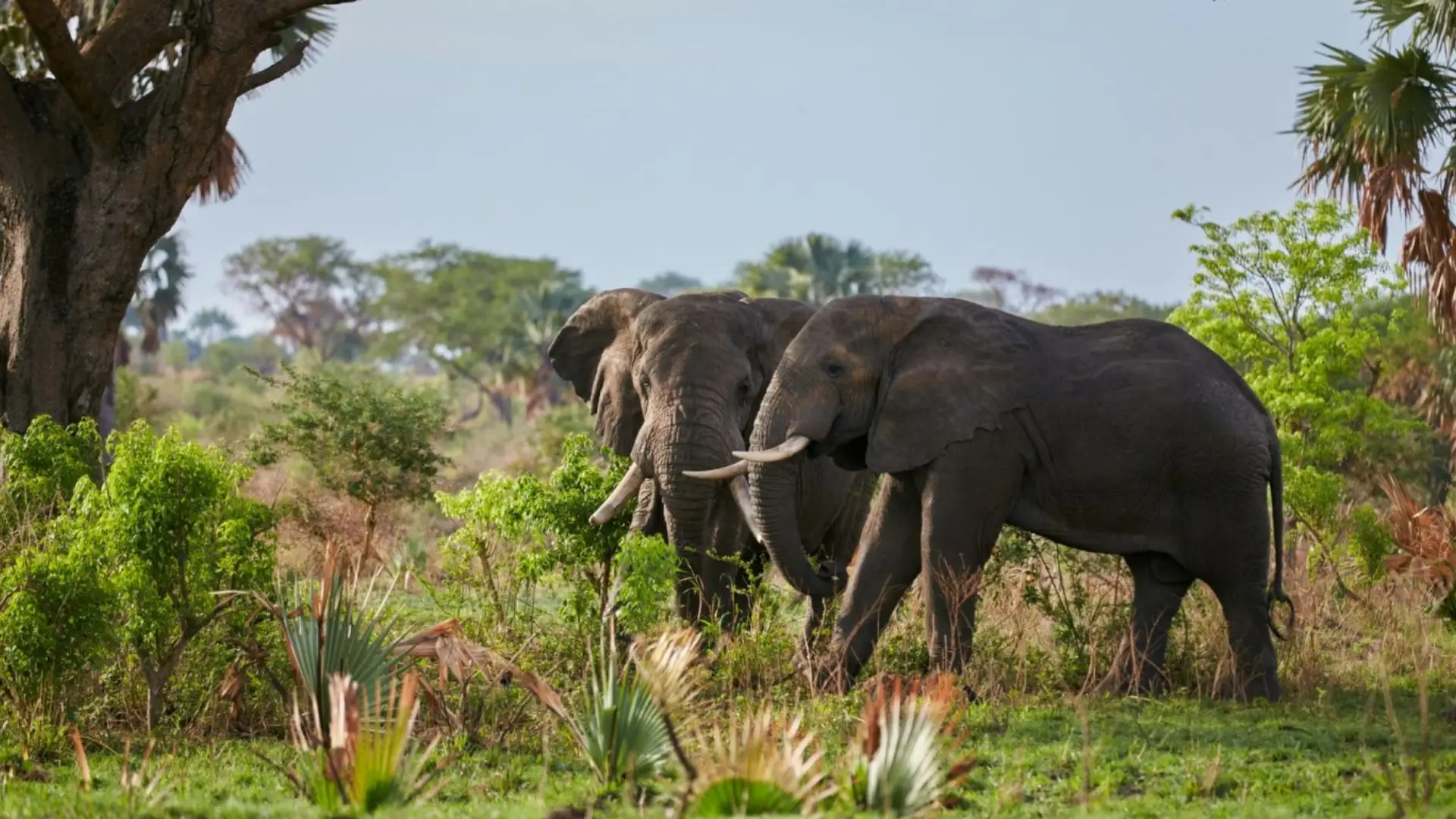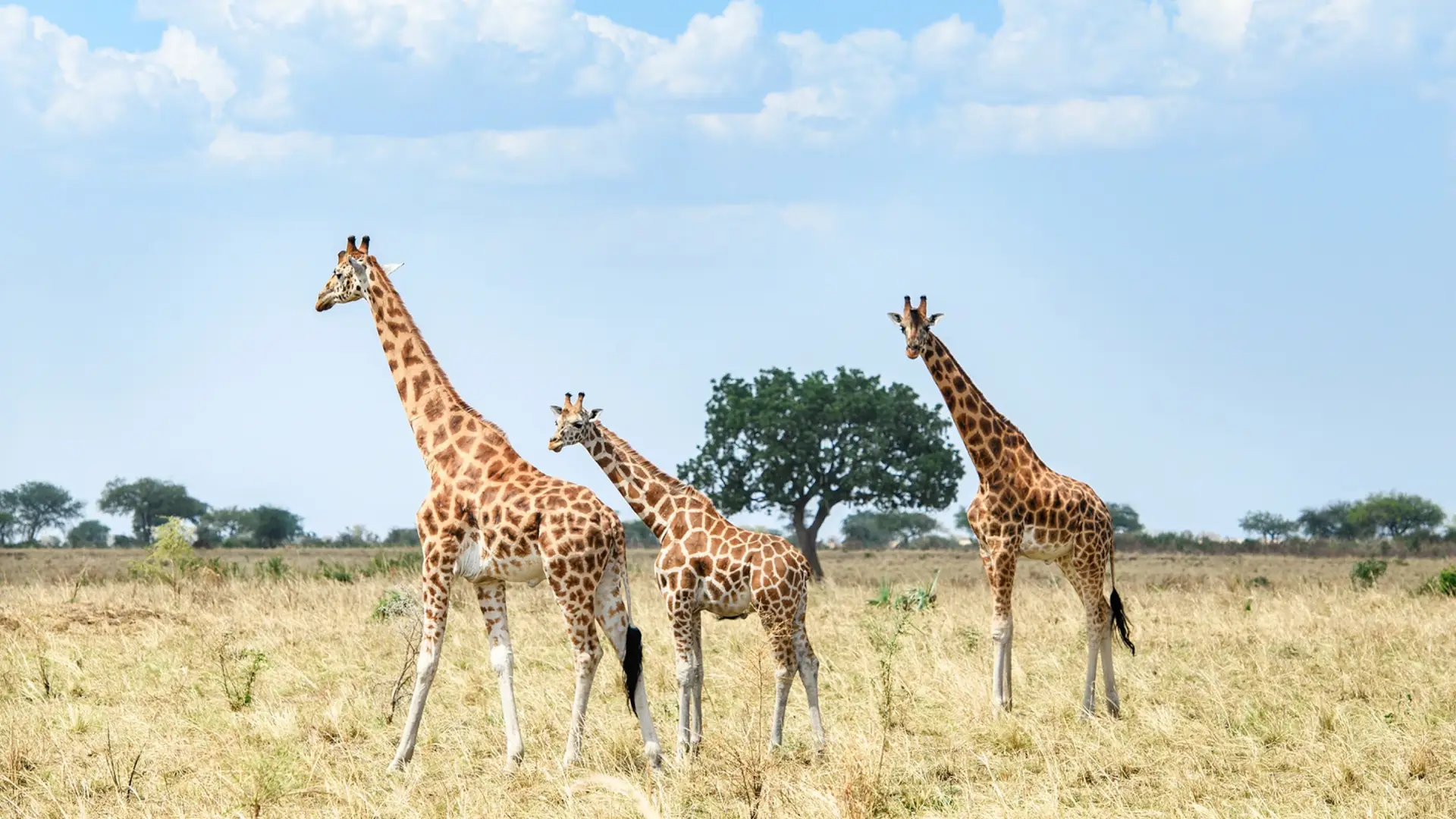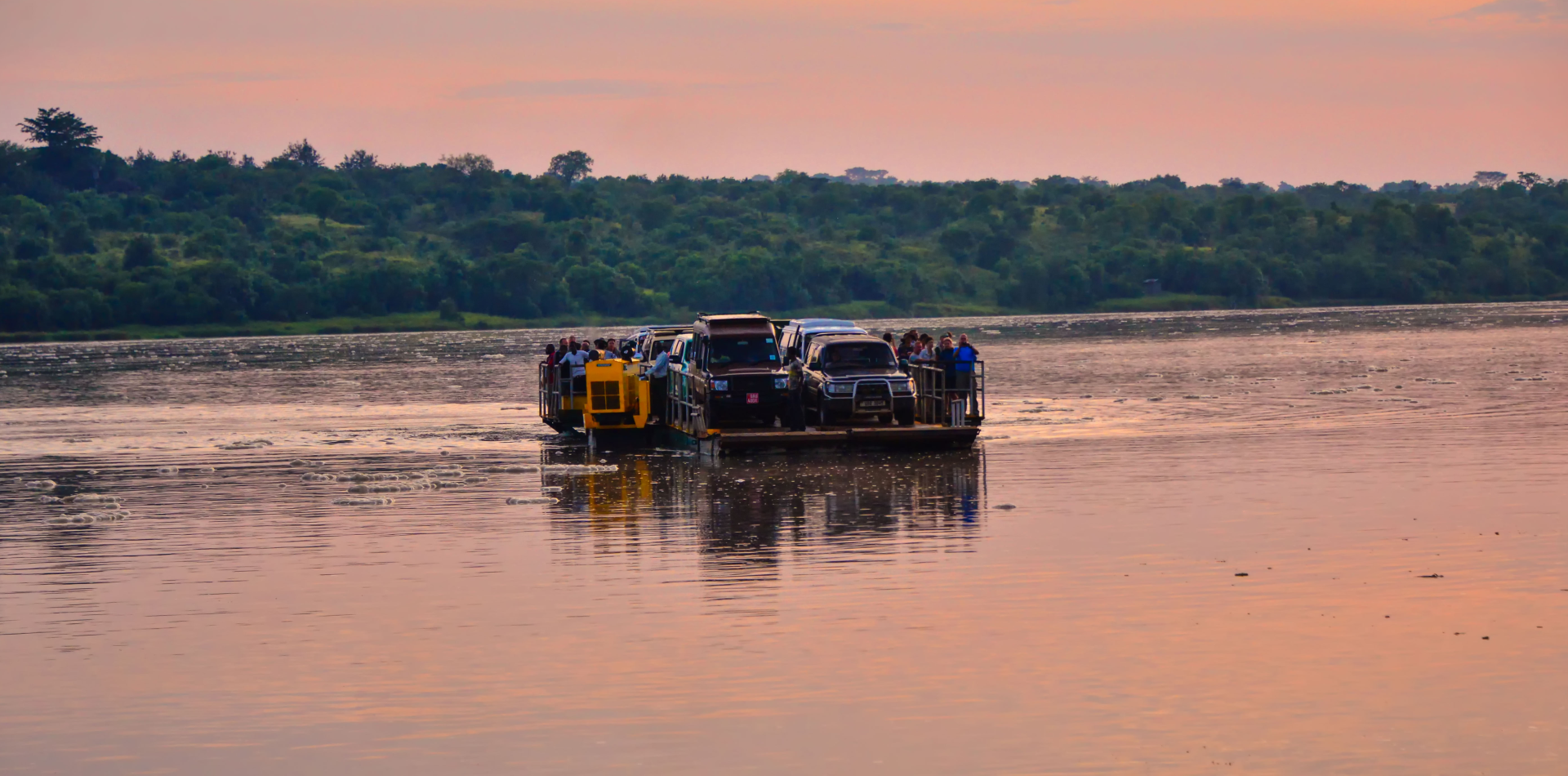Uganda has a tropical climate characterized by two rainy seasons and two dry seasons. The long rains typically occur from March to May, bringing heavy showers, particularly in the central and western regions. The short rains fall from September to November, with lighter, sporadic rain. Temperatures are generally warm throughout the year, with cooler conditions in higher altitudes, such as the Rwenzori Mountains. Humidity levels can be high, especially in the lowland areas.
Understanding Uganda’s Weather patterns is essential for planning your visit, ensuring a comfortable and enjoyable experience.


